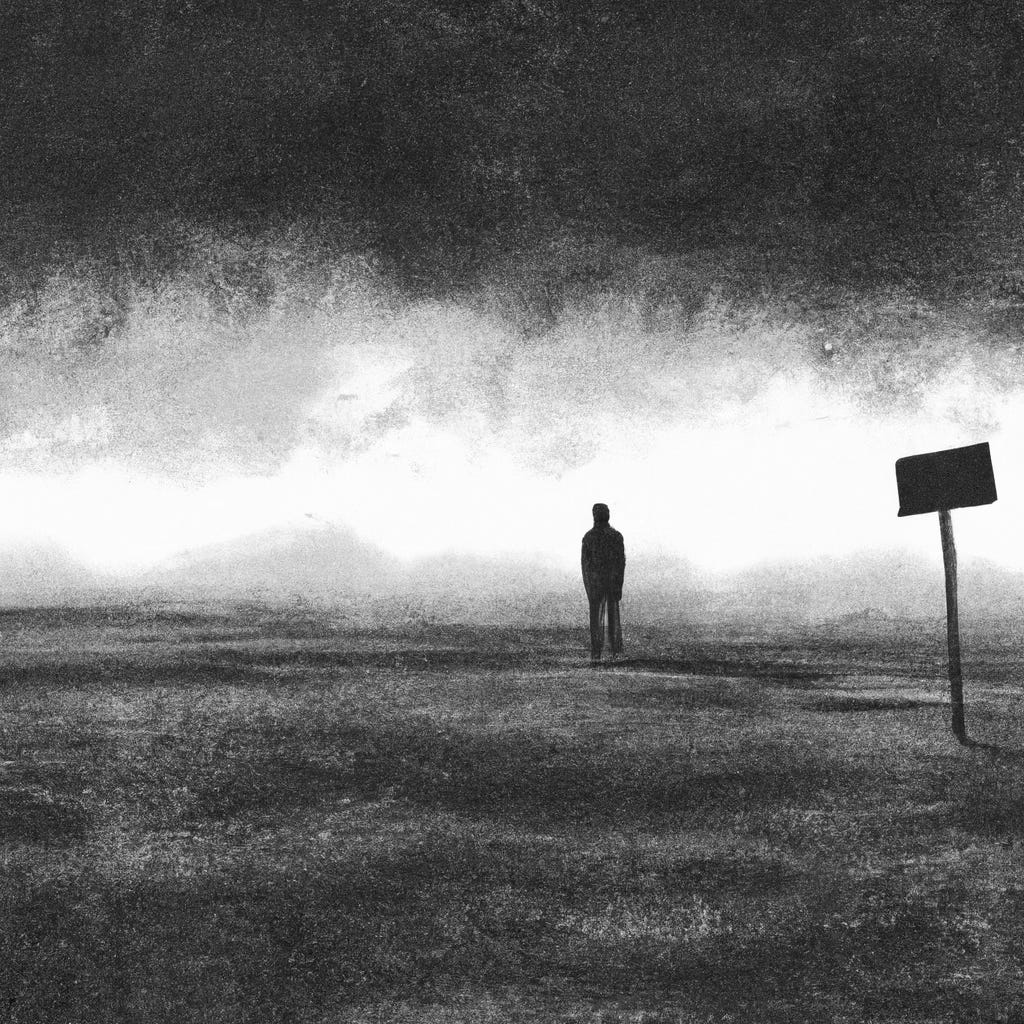The state loves nothing more than a citizen who mistakes permission for liberty.
A population trained to confuse compliance with autonomy becomes its own warden. True freedom is measured not by what is allowed, but by what is possible without needing to ask.
Most people live under the quiet illusion that they are free because they can choose between options pre-approved by a system that benefits from their obedience. The limits are invisible, framed as protections, norms, or “the way things work.” Yet every regulation, policy, and unspoken expectation draws a perimeter around human potential. These boundaries are rarely questioned because they are presented not as control, but as order. Order is comforting; control is not. The trick is to make the two indistinguishable.
The most effective systems of control do not rely on force but on consensus. If enough people agree that permission is equivalent to liberty, those who refuse to comply appear irrational rather than independent. A citizen who accepts this framing will not only obey but defend the system that limits them, arguing that to step outside it is dangerous, irresponsible, or even immoral. In this way, obedience becomes self-sustaining.
The danger is not in having rules; it is in believing that rules are the outer limit of possibility. The real erosion of freedom occurs not when rights are taken, but when people no longer recognize where the lines are drawn—when imagination is trained to operate only within them. At that point, the boundary is no longer in the law; it is in the mind. This is the final form of control: one where the subject enforces the state’s constraints without the state’s intervention.
The measure of liberty, then, is not the number of choices available but the origin of those choices. If they are granted, they can be revoked. If they are created independently—through one’s own reasoning, risk-taking, and refusal to seek validation—they cannot be taken without force. The individual who generates their own possibilities stands outside the permission-based model entirely, even if physically within the system.
This separation is uncomfortable. It creates friction with institutions, with peers, and sometimes with the law. But genuine autonomy was never meant to be comfortable; it demands the capacity to operate without guarantees. That capacity grows only when one resists the reflex to ask, “Is this allowed?” and instead asks, “Is this necessary? Is this right? Is this possible?” A life built on the former is one of managed compliance; a life built on the latter is one of actual self-determination.
Societies rarely encourage this mindset because it produces individuals who are difficult to control, classify, or predict. These individuals measure progress not by adherence to rules but by the expansion of their own capabilities. They understand that permission is a transaction: one gives up the authority to act in exchange for the comfort of acting without penalty. The cost is not always visible in the moment, but over time, it compounds into dependency.
It is tempting to believe that safety and stability are the signs of a functioning society. But safety without self-determination is just a different form of captivity. Stability without the ability to challenge its terms is stagnation. The state may promise both, but its promise comes with the expectation that its subjects will mistake the absence of punishment for the presence of freedom.
The choice, then, is not between chaos and order, but between authored life and administered life. The former accepts risk as the price of possibility; the latter trades possibility for predictability. Permission is the antithesis of liberty, not its foundation.

